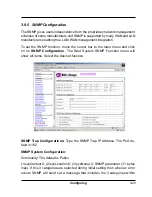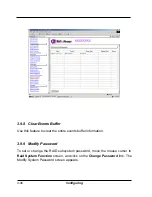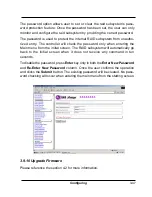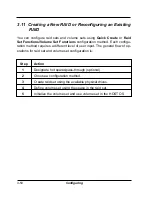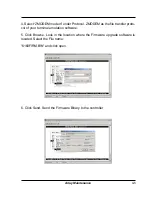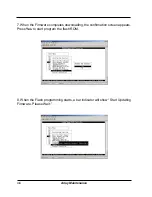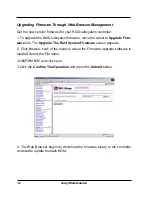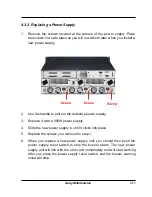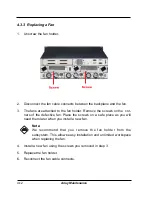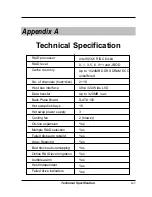
Array Maintenance
4-7
9. The Firmware upgrade will take approximately thirty seconds to complete.
10. After the Firmware upgrade is complete, a bar indicator will show “ Firmware
Has Been Updated Successfully”.
NOTE:
The user has to reconfigure all of the settings after the firmware up-
grade is complete, because all of the settings will default to the original
default values.
Summary of Contents for OE-GRANITE3U
Page 42: ...Configuring 3 4 5 Click disconnect button 6 Open the File menu and then open Properties ...
Page 49: ...Configuring 3 11 ...
Page 50: ...Configuring 3 12 ...
Page 52: ...Configuring 3 14 ...
Page 70: ...Configuring 3 32 ...

